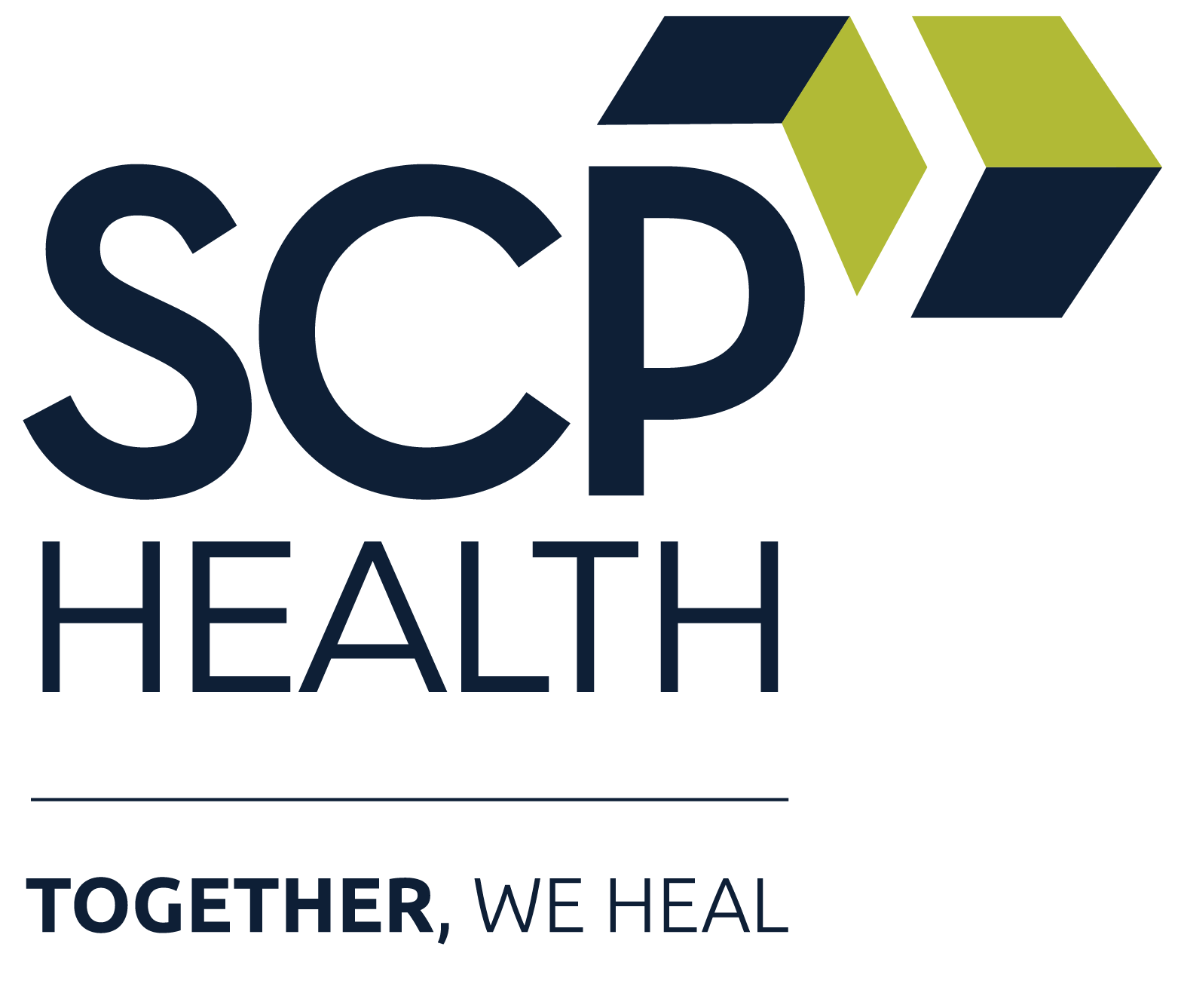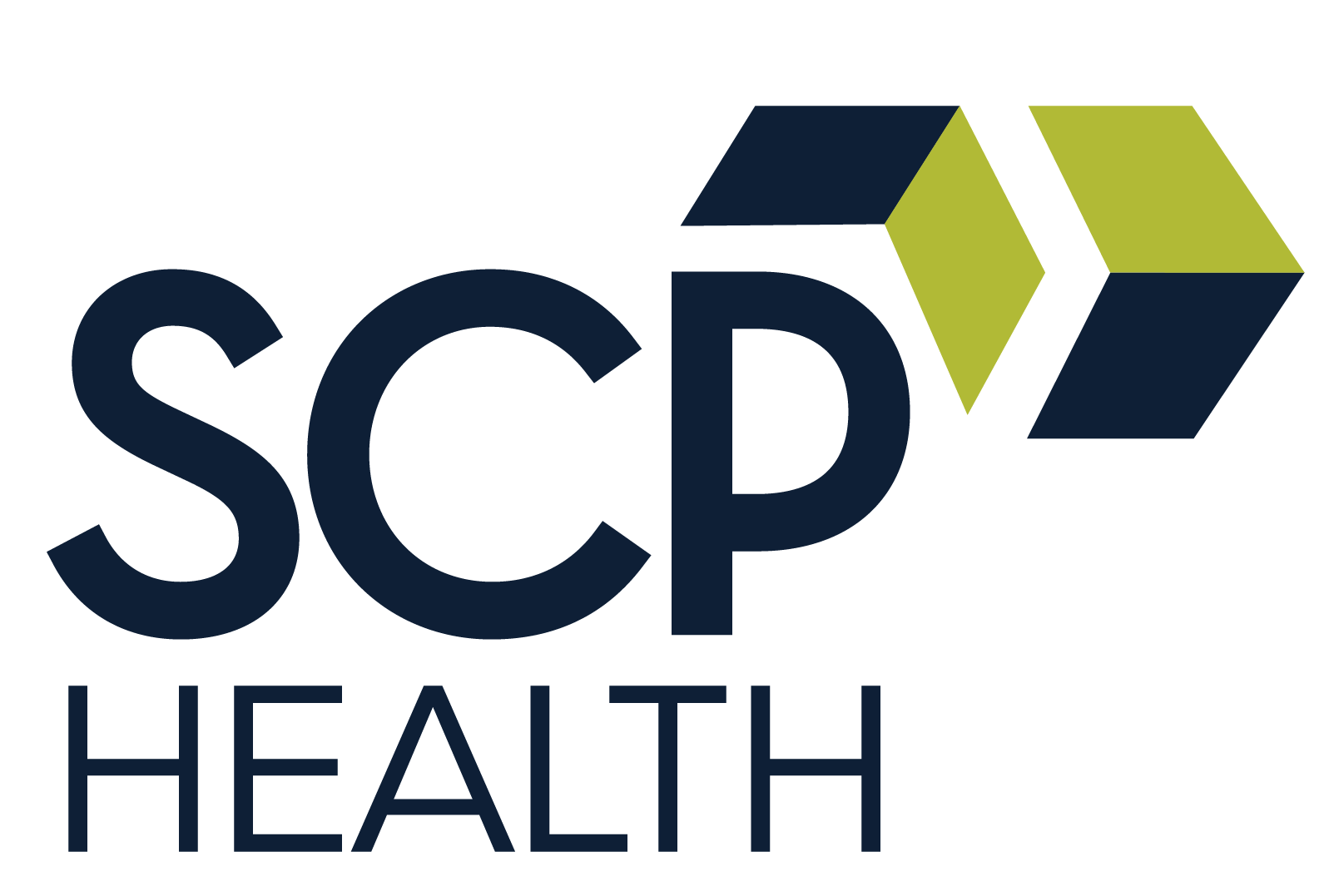By Bentley Tate, MD, Chief Wellness Officer
Why clinician well-being creates ripple effects across health care
Picture dropping a stone into a still pond. Watch how the ripples carry outward, touching everything in their path. That’s what I think about when I consider the impact of a clinician who finds genuine joy in their work versus one who’s simply surviving each day.
In certain professions, and medicine is absolutely one of them, that ripple effect extends much further than we often realize. When a clinician is thriving, the benefits reach their patients, their families, their colleagues, the entire health care system. When they’re struggling, the costs ripple outward just as powerfully.
How joyful clinicians improve patient outcomes and care quality
Let me share something from my own experience that illustrates this perfectly. In my emergency department, we would sometimes have patients return a day or two after a visit. Reason for returning? “I want to see a different doctor.”
They’d come back saying things like, “They did a bunch of tests but didn’t tell me anything. I didn’t feel like they cared about me. They were just trying to get me out of here.”
Nobody benefits from that scenario. It’s frustrating for everyone involved, and the patient didn’t get the care they deserved. But here’s the thing, the issue wasn’t about clinical competence. The problem was rooted in a lack of joy in medicine, and it showed in the care, or lack thereof, that was delivered.
When patients sense that a clinician cares and is really listening, they communicate more thoroughly. They share specifics that enable more accurate diagnoses. The kicker? They’re also far more likely to follow through with treatment plans. Research shows patients fill prescriptions 30% more often when they like and trust their doctor.
We’re not talking about touchy-feely stuff here. We’re talking about people getting consistently better care because the clinician is doing better on the spectrum of thriving and burnout. Those clinicians often stay in medicine a few years longer because they’re enjoying their work, delivering great care for patients and communities for longer, something our health care system desperately needs.
Why finding meaning in medicine matters more than technical skills
I often think about what I’d say to clinicians at medical conferences. Nearly all of the talks they’ll hear are about new procedures and the latest consensus on treatment plans. All of that is important for staying current in medicine. But the talks about finding meaning and joy in practice? Those benefit every single patient they’ll see, for a very long time.
Who you are and how you feel infiltrates every patient interaction. It is evident in everything from your attentiveness to their concerns to giving extra effort to ensure their follow-up care with that specialist actually happens.
How to prioritize joy and well-being in your clinical practice
Here’s what I know after decades in medicine: wellness isn’t icing on the cake. Finding joy and meaning in medicine is fundamental to delivering the kind of care our communities deserve.
The clinicians who maintain that sense of joy and purpose—they’re the ones who stay in medicine longer, who provide better care, who inspire the next generation of healers. They’re the ones whose ripple effects create positive change throughout the entire health care system.
This isn’t about ignoring the real challenges we face in medicine today. It’s about recognizing that addressing those challenges requires clinicians who are thriving, not just surviving.
Creating industry-wide transformation through clinician wellness initiatives
The beautiful thing about ripple effects is that they build on each other. When one organization commits authentically to supporting clinician well-being, it makes it easier for others to follow. When individual clinicians prioritize their own joy and meaning in practice, they inspire colleagues to do the same.
We’re seeing this momentum build across the industry. Organizations are recognizing that clinician well-being isn’t separate from quality care—it’s essential to it. The American Medical Association’s Joy in Medicine program, for example, acknowledges health systems making meaningful commitments to improving clinician satisfaction and creating sustainable practice environments.
Your opportunity to create positive change in health care
Every clinician reading this has a choice: you can approach each day focused on just getting through it (surviving), or you can actively work to rediscover and maintain the joy that brought you to medicine in the first place (thriving).
Every health care leader has the same choice: you can treat clinician well-being as a nice-to-have benefit, or you can recognize it as fundamental to your mission of providing excellent patient care.
The ripples from these choices will touch countless lives. The question is: what kind of ripples do you want to create?
Medicine remains a noble profession with the power to heal, to comfort, and to transform lives. When we find joy in that calling—when we create environments where that joy can flourish—everybody wins. Your patients, your families, your colleagues, your community, and yes, you too.
The opportunity is right in front of us. The choice is ours. And the time is now.





